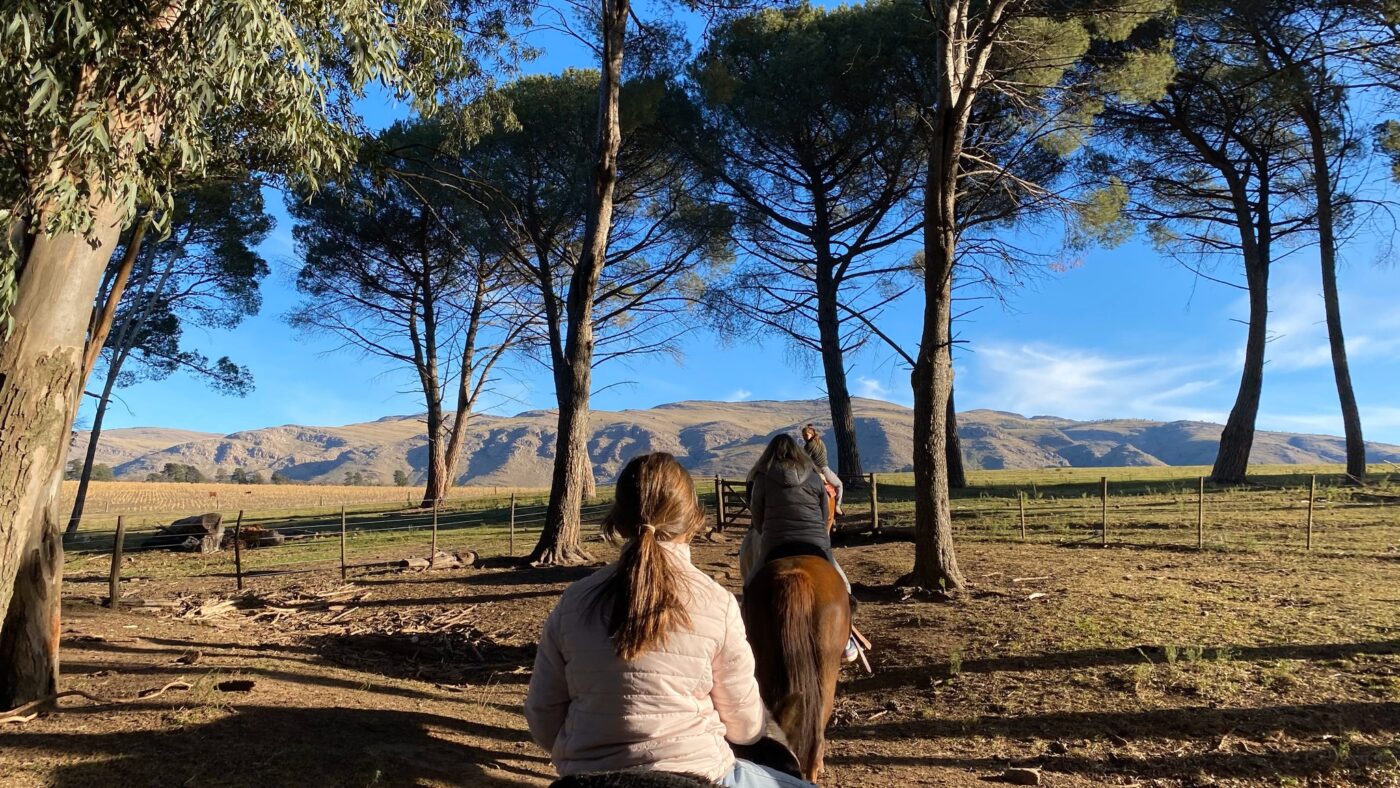|
As my 1-month long trip back to the Argentine motherland (with a short stop to Brazil) comes to an end, I reflect on how the U.S. remains the best place in the Western Hemisphere to build wealth. My trip began in Argentina, where inflation is on track to reach possibly 200% by the end of 2024. As I write this in July the all-mighty dollar will get you a cool 47,500 Argentinian pesos, which reflects the tough economic times that Argentina has been enduring for the last 16-years. Regardless of what side of the political fence you are on, it’s evident that the economic policies of the past 2 decades have has caused nothing but misery for the Argentine people. During my travels, I had the chance to speak with my uncle who runs a well-established Real Estate company in Buenos Aires. We discussed business, politics, and of course real estate. Some of the distinctions between the U.S. and Argentina real estate markets were:
Now, let’s head over to Brazil with a land mass larger than the lower 48 states of the contiguous U.S and a population of over 200 million people. This up-and-coming global contender has its own real estate idiosyncrasies, but it again pales in comparison to the U.S. and the availability of credit that we all know and love. A family friend of ours recently purchased an office building for his accounting business, and the debt product available to him was a 20% down payment at an 11% interest rate. Though this interest rate may seem high to us Yankees, this is considered VERY attractive to many Brazilians looking to buy real estate as an investment. Not everyone has access to even these debt terms with only a small percentage of Brazilian citizens being able to qualify for loans due to the nation’s strict lending requirements. Travelling abroad you realize many of these countries stand in awe of the spectacular, capitalistic, and free-market society that we have built which has produced such a high quality of life and wealth for its citizens. It’s sometimes easy to lose sight of this fact as Americans, but we should be very grateful for the availability of robust capital markets that allow entrepreneurs (real estate and otherwise) to take risks, grow businesses, and create jobs. At Maple Capital Partners, we believe that multifamily real estate is one of the most attractive vehicles us Americans have to build generational wealth and achieve financial freedom. By partnering with Operators/Sponsors that are ethical, experienced, and knowledgeable, investing in U.S. multifamily real estate is the envy of investors the world over. |

